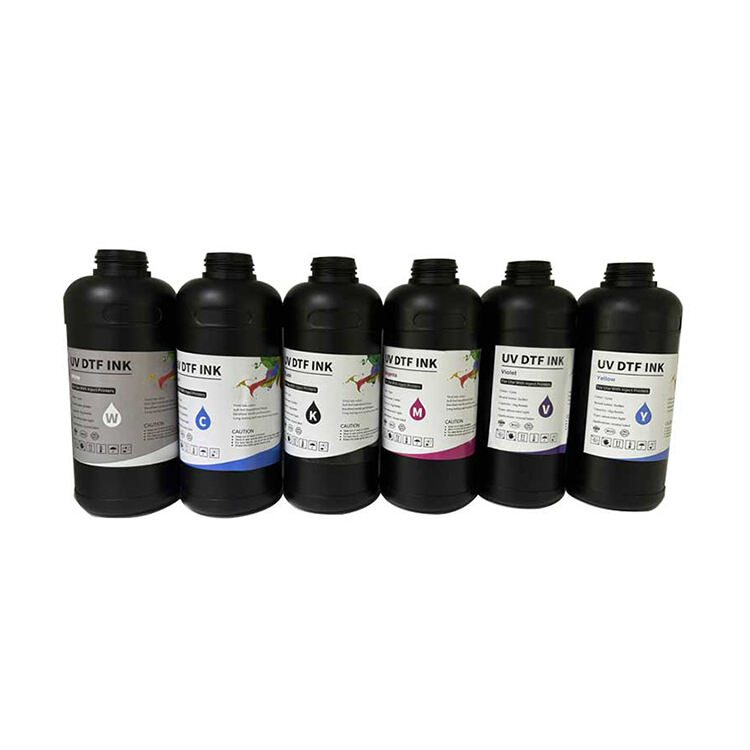printing machine screen
A printing machine screen represents a crucial component in modern printing technology, serving as the foundation for producing high-quality printed materials across various applications. This specialized equipment consists of a finely woven mesh stretched tightly over a frame, typically made from polyester or stainless steel materials. The screen's precision-engineered surface contains thousands of microscopic openings that allow ink to transfer onto the substrate in exact patterns. Advanced printing machine screens incorporate automated features for tension control, ensuring consistent pressure distribution and optimal ink deposit. The technology utilizes sophisticated coating processes to create stencils that determine where ink passes through, enabling intricate designs and patterns. Modern screens are designed with anti-static properties and precise mesh counts, ranging from 80 to 400 threads per inch, accommodating different printing requirements. These screens are compatible with various ink types, including water-based, solvent-based, and UV-curable formulations, making them versatile for diverse printing applications. The durability of contemporary printing machine screens allows for extended use while maintaining consistent print quality, reducing replacement frequency and operational costs.


